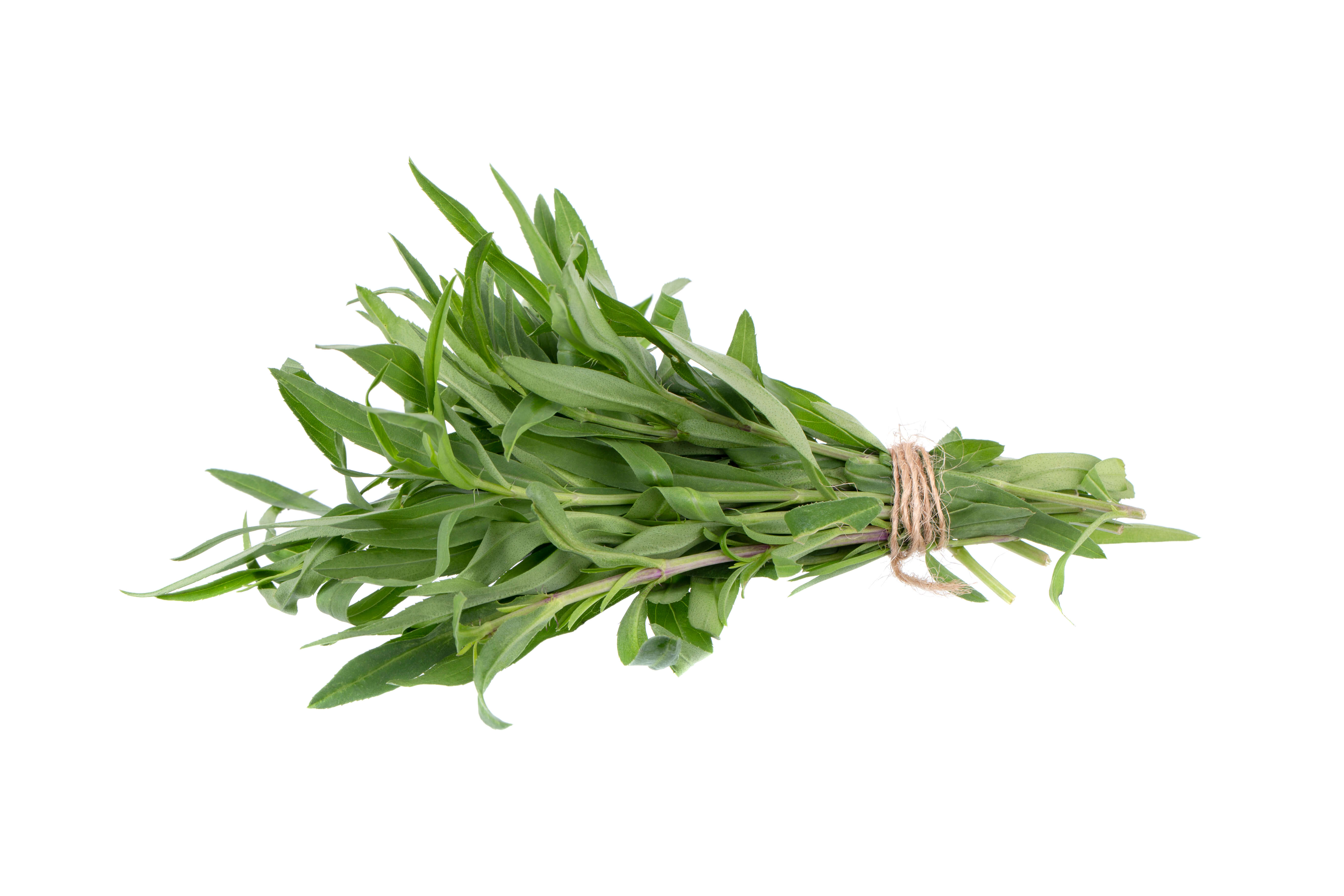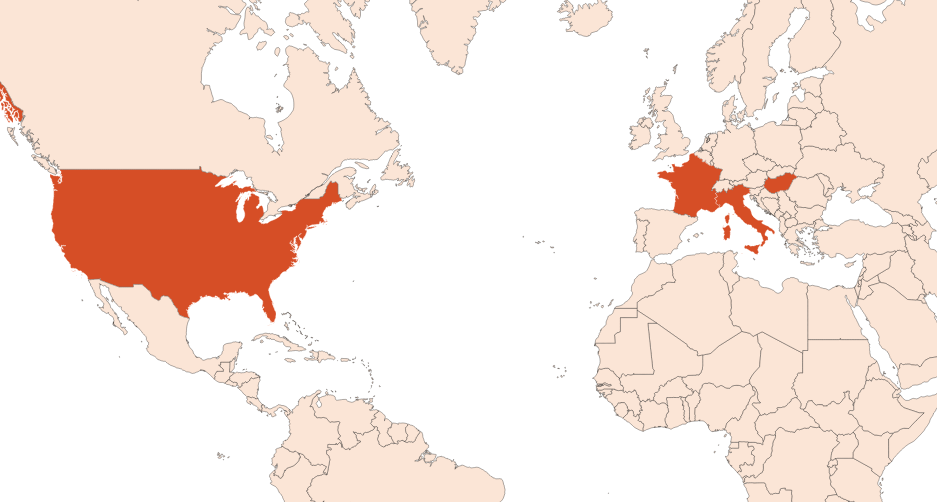
| Company | Ingredient Name | ID | Comments | Naturality | Certifications | Purity | Latin name | Treated part | Geographical origin | MOQ |
|---|---|---|---|---|---|---|---|---|---|---|
|
|
Huile essentielle d'Estragon - 30 gr | - |
Visit website
|
- | - | - | - | - | - | |
|
|
ESTRAGON | 375 |
Visit website
|
Huile essentielle | - | Artemisia dracunculus L. | Feuille | France | - |
General Presentation
-
CAS N° : 8016-88-4
-
EINECS number : 90131-45-6
-
FEMA number : 2412
-
Appearance : Colorless liquid
-
Density : 0,918 - 0,950 @20°C
-
Volatility : Heart
-
Price Range : €€€€
Physico-chemical properties
-
Optical rotation : Donnée indisponible
-
Vapor pressure : Donnée indisponible
-
Refractive Index @20°C : Donnée indisponible
-
Acid Value :
-
Flash Point :
Uses
Uses in perfumery :
Used for a fresh and rising attack, mainly in men's fragrances.
Major Components :
- Elémol (1 - 25%)

Photo credits: ScenTree SAS
Botanical name :
Artemisia dracunculus L.
Synonyms : Achillea dracunculus Steud. // Artemisia aromatica A.Nels.
Botanical profile :
Tarragon belongs to the Asteraceae family (as well as absinthe, wormwood or davana) and to the genus Artemisia.
Chemotypes :
There are two main varieties of tarragon :
Artemisia dracunculus var. sativa : The most common in perfumery, from France.
Artemisia dracunculus var. inodora : From Russia and Siberia and West Asia. It smell is much less powerful and consists mostly of Elemicine, Isoelemicine and Methyl Eugenol.
Extraction process :
Tarragon forms a small bush with straight and branched stems. Its bright green leaves are narrow and pointed. Its light green flowers are grouped in loose clusters at the top of the stems. The plant does not produce a fertile seed. The reproduction is therefore vegetative: the fibrous roots of the tarragon plant are divided and replanted in small segments between February and March. The plant is cold-resistant and needs sun without too much water to finish blooming in the spring.
The harvest of tarragon takes place in June and a second harvest can be made in September. The plants are cut, leaving a few centimetres of the stem above the soil. Tarragon must be subjected to a temperature close to 32 °F and the fresh leaves are stored during one to two weeks maximum, always in a cold room to avoid any deterioration. Another way to preserve the plant is to dry it. To minimize appearance changes, the recommended temperature is 104 °F. Drying the plant reduces its level of smellious compounds. Then, the plant is steam distilled. The plant has a productive life of up to three years, after that, it needs to be renewed.
Other comments :
Tarragon is the main source of natural Estragole, also called Methyl Chavicol, as it contains 80 to 90%. It is also found in the Basil (Estragole Chemotype) EO.
The term ''dracunculus '' means ''little dragon '' in Latin. This name comes from the shape of the leafy stems of the plant.
Many quality checks are done before selling the plant. European standards, ASTA guidelines and ESA standards set the codes for a good tarragon.
Stability :
Aromatic compounds can be chromophoric and cause a coloration of the oil, especially in alkaline bases
Regulations & IFRA
Allergens :
D-Limonene - Geraniol - Linalool - Eugenol
IFRA 51th :
This ingredient is not restricted for the 51th amendment


